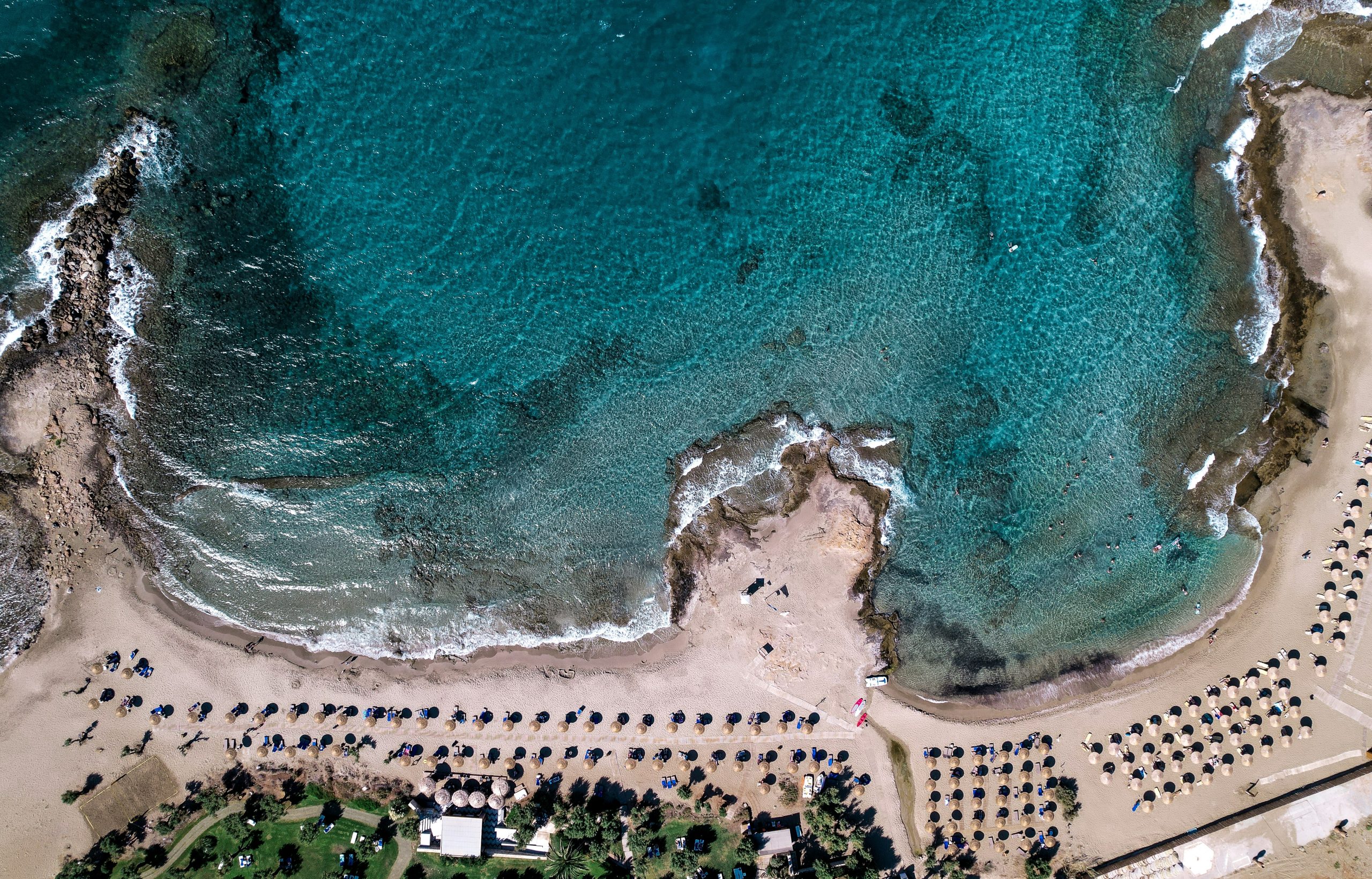
Ah, the joys of localism. The provincial dialects. The regional quirks. The local produce. Like most of its Mediterranean neighbours, Greece is no stranger to those – a 200-year old country assembled over 120 years would be. So there is no shortage of Greeks who are convinced they were born not just in the best country, but in the best region in the world. Maybe it’s Thessaloniki and its “take it easy” lifestyle. The combination of mountain and sea in Volos. Mani and its ancient codes. Any of the 200 or so inhabited islands. And then there is Crete.
I was hanging out with many Cretans at university. It is difficult not to; they are some of the most jovial, loyal, and generous people you will find. Until the conversation comes to anything resembling a comparison, at which point there is only one answer: Crete. The best beaches are in Crete. The best mountains are in Crete. The best tomatoes are grown in Crete. The best cheese is from Crete. The best olive oil, of course, comes from Crete. Cretans make Sicilians look like Citizens of Nowhere.
It was with no little amusement then that, when conversation turned to wine, and as the group’s resident oenophile, I could go “no mate, it really isn’t”. Not that it dented anyone’s confidence of course; I was casually dismissed as not knowing what I am talking about. But, to any external observer at least, I spoke the truth. The Greek oenological revolution of the 1990s had left Cretans unmoved. When Drama and Nemea were getting to terms with the international style, when Santorini and Naoussa where building the foundations for the dominance that would follow, Crete was advertising three-litre boxed wine whose strong point was, I guess, that it was made of grapes. What is there to learn when you know that your grandfather’s grandfather was already making the best wine in the world? I wrote Crete off.
Reacquaintance happened slowly. A decent bottle by Lyrarakis. The decidedly modern wines of Manousakis. An unusual Liatiko by Economou. I sceptically, almost grudgingly, started paying more attention. The price tag helped: even at the higher end, a lot of Crete seemed to be competing on price. There was never a big bang: instead things improved, slowly and steadily. Every year a new winery would pop up, or an existing one join the modern world. New labels would appear. The quality would be just a tad higher. This was not the story of a revolution, but almost of an underground movement, slowly gaining pace. Fast forward two decades later, and Lyrarakis is a local powerhouse, probably among the twenty most recognisable Greek wineries internationally. Manousakis is an established presence with a clear house style. Economou is arguably the first Greek name that comes to mind when one thinks of a cult winemaker. Crete has been rehabilitated in full.
What even sceptics like me never doubted, of course, was the potential. All the elements are there. Great number of indigenous varieties? Check. (And, luckily for producers, with names rolling more easily off the non-Greek tongue.) Interesting and varied terroirs? Check. Gorgeous Instagram-ready locales with (extra) colourful locals? Check and check.
The question, then, is not if Crete can make good wine, but how good and how much. It is a cliché that Greece has only started to scratch its potential, but Crete is probably second only to Attica and environs in bland-to-good wine ratio. As for quality, it is practically certain we have only seen glimpses of what can be. There is good reason for optimism. The success of the first wave of modernisers is likely to get more people to revisit grandpa’s vineyards. And Crete seems to keep attracting renegades. Iliana Mahilin made waves with some original wines a couple of years back. Aimilios Adrei of Aori is walking on a similar path. Climate change permitting, the future ought to be bright. And who knows, maybe one day (some of) the best wine will indeed be from Crete.
Photo by Evangelos Mpikakis on Unsplash